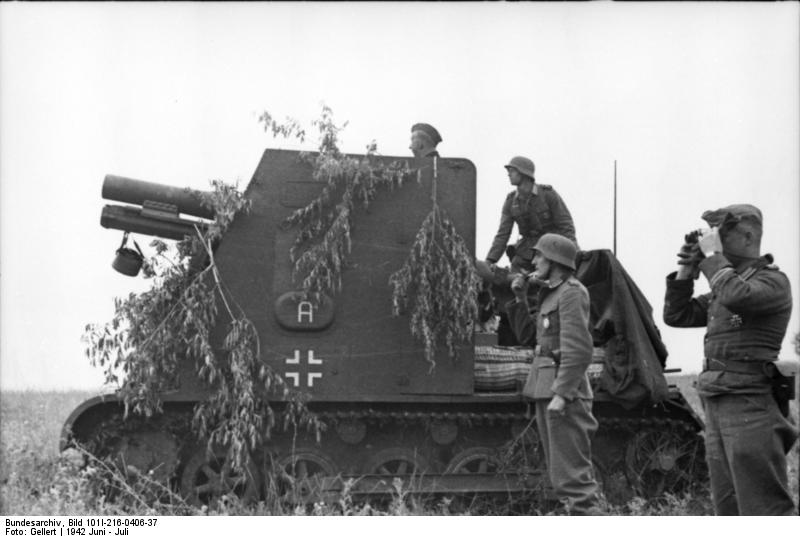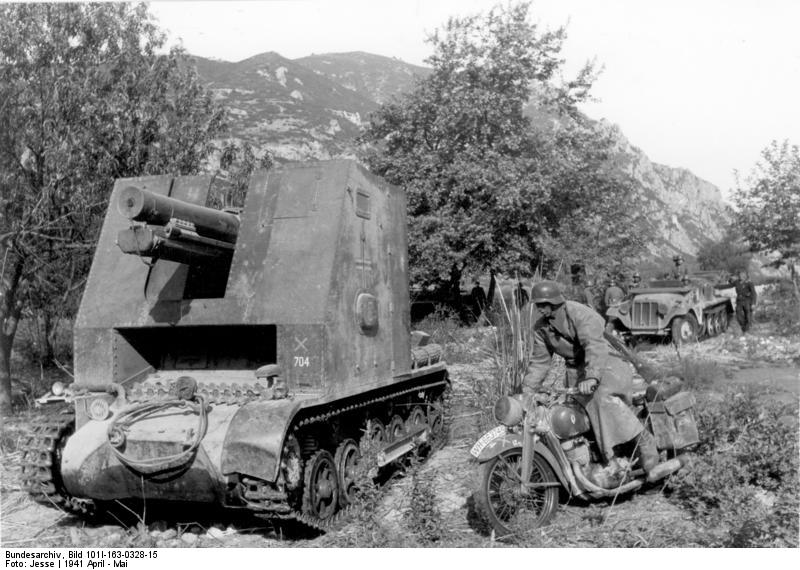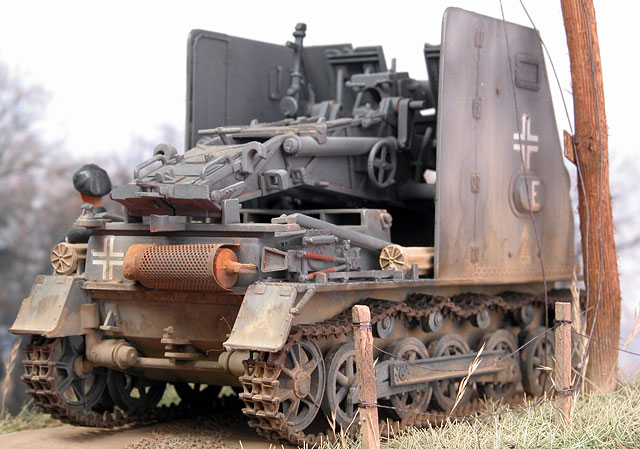The first self-propelled artillery in German service
In 1939, the Panzer III was already in full-scale serial production, as was the Panzer IV. Older transitional models were, thus, no longer needed for first line operations. So, the Panzer I Ausf.B chassis was chosen to test some more useful conversions. One of these was based on the Czech 47 mm (1.85 in) gun, by then largely available, which became the first German tank hunter, the Panzerjägerf. A second conversion was born from the demand for a close-support howitzer carriage for the infantry. In fact, this request was found in reports after the campaign of Poland, which highlighted the lack of heavy artillery support, which was unable to cope with the fast pace of the Panzers. And so, in order to motorize artillery companies, an armored self-propelled carriage was needed. Many unused Panzer I Ausf.B, the sturdiest of this first series, were available. A prototype was conceived by Alkett in a short time and proved that the concept had some merits.
General conception
Basically, the standard sIG 33 150 mm (5.9 in) field howitzer, was mounted, via ramps, on two receiving rails with fixations, and two “baskets” for each wheel, which held the entire gun, on top of the chassis, with its upper hull and turret removed. This configuration allowed the gun to be put in place and removed quickly, but it was also a radical solution, imposing very tall profile, with 13 mm (0.51 in) bolted armored plates forming the open-top fighting compartment. It was also open to the rear, to allow the loaders to move around, but protection was henceforth limited to the gun and the pointer only. Pointing was made by the means of a Rblf36 sight. The mount allowed 25° of traverse with an elevation from -4° to +75°. There was no room onboard for ammunition, which had to be towed separately by another vehicle. Thirty-eight in all were produced in February 1940 by Alkett, officially named the 15 cm sIG 33 (Sf) auf Panzerkampfwagen I Ausf.B. The “Bison” was a nickname quickly gained, because of its bully appearance.
Operational history
It was first deployed during the French campaign, serving in the schwere Infanteriegeschütz-Kompanies 701 and 706, affected to various Panzerdivisions. They all survived this campaign, and later saw action during the campaign of the Balkans, in Yugoslavia and then in Greece. In June, they were all redeployed in Romania, to be ready in time for Operation Barbarossa. But only two groups survived, the 705th and 706th belonging to the 7th and 10th Panzerdivisions. Few survived Operation Barbarossa, and the remaining unit, 701st, participated in operation Fall Blau, early 1942. They fought until 1943 and the last Bisons were seen in the depleted 704 unit, affected to the 5th Panzerdivision.
During these years, their limitation has became obvious. They suffered from breakdowns due to a serious overload of the chassis, a very tall superstructure, impossible to miss, and lack of protection for the gun crew. Plus, these machines were dependent on their ammunition vehicles. On the bad roads of Russia and in particular Ukraine, this proved fatal. However, this experience never prevented the Germans from successfully using other sturdier platforms to carry their standard howitzer.
Links and resources
sIG 33 Bison specifications | |
| Dimensions | 4.67 x 2.06 x 2.80 m (15.32×6.76×9.19 ft) |
| Total weight, battle ready | 8.5 tons (17,000 lbs) |
| Crew | 4 (driver, commander, gunner, loader) |
| Propulsion | Maybach 6-cyl NL38TR water-cooled, gasoline, 100 bhp |
| Armament | sIG 33 15 cm howitzer (5.9 in), 30 HE rounds |
| Armor | From 5 to 13 mm front (0.2-0.5 in) |
| Speed (on/off road) | 40 km/h (25 mph) |
| Range | 140 km (87 miles) |
| Total production | 38 |
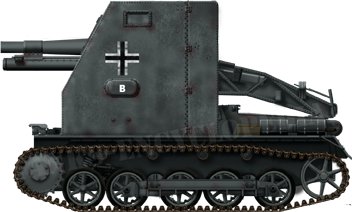
sIG 33 Bison of the schwere Infanteriegeschütz-Kompanie 701, France, May 1940.
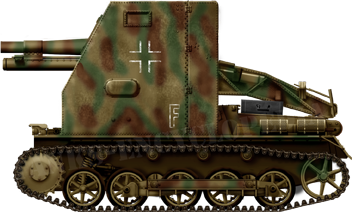
sIG 33 Bison of unit 704, attached to the 5th Panzerdivision.
Gallery

WW2 Tanks




























WW2 tanks posters

All Tiger tanks liveries.

Panther liveries and variants

WW2 Armour - All tanks











Tanks aces and single tanks series

Find more there

Museums, Movies, Books & Games
The Tanks and Armor in pop culture
Tanks and armored vehicles in general are only really grasped when seen first person: The mass, the scale, it's all there. Explore also the way tanks were covered in the movie industry, in books and in video games.Movies:
Best tanks movie on warhistoryonline.com
On imdb.com
On bestsimilar.com/
miltours.com
liveabout.com/
watchmojo.com
Video Games:
pcgamesn.com
historyhit.com
levvvel.com
vg247.com/best-tank-games
mmobomb.com/
alienwarearena.com


